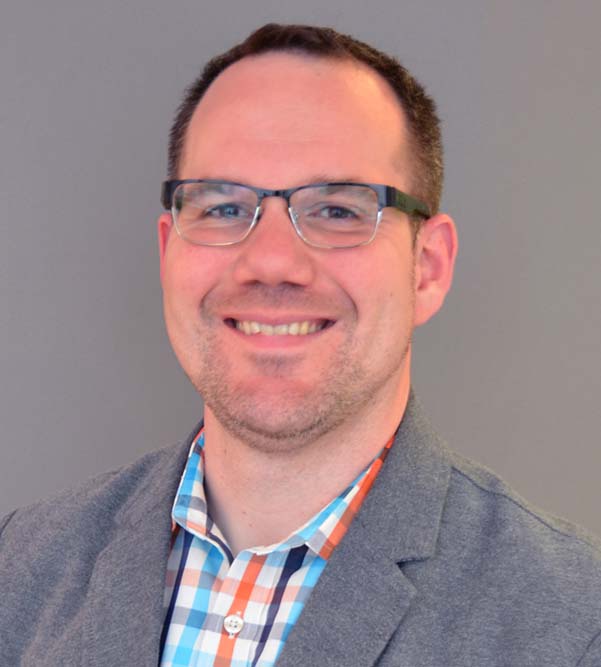What does it mean to be your clients’ advocate?
At Langan, our environmental team partners with clients as their technical and regulatory advocate. We asked a few of our environmental experts, “what does it mean to be your clients’ advocate?”
 Jeffrey Manuszak, PG, Associate, Arlington, VA
Jeffrey Manuszak, PG, Associate, Arlington, VA
In observing my mentors, peers, and rising leaders within the industry, I see three specific traits that are common elements of an effective client advocate:
They understand their client’s business.
At an early stage in my profession, one of my key mentors (and client) gave me a piece of advice that has resonated throughout my career: “You don’t make paper, but you better know how WE do it, and more importantly WHY. If you want to be a true partner with our company, know who we are.”
They have mutually defined a role with the client to support a business need.
In knowing your clients business you are a true advocate when you can tie every assignment back to a measurable outcome that makes your client’s position stronger. Sometimes we cast a wider net than necessary when all we need is a focused effort to achieve the baseline need.
They communicate with influence.
Understanding our client’s business and how we support their plan is only half the equation. The best advocates leverage their passion and technical expertise to influence those who are key to our client’s success.
jmanuszak@langan.com | 571.366.6815
 Charlene Drake, LSRP, PG, Associate, Philadelphia, PA
Charlene Drake, LSRP, PG, Associate, Philadelphia, PA
I like to talk to clients about their pressures, challenges, and business objectives. Advocating for time and cost-saving solutions is the bare minimum. To improve the project outcome, it is important to take steps like facilitating conversations at key milestones, educating on the complexities, and speaking the hard truth early. Tell the client when the rules don’t flex, and when they do. If the path forward can stay grounded in facts and science with focus on the intent and spirit of the regulations, the project won’t get bogged in minutia. Advocates can also accomplish more than successful projects. I like to refer clients to a great partner or vendor, help them fill a job opening, or ask what I can do to help them to get to the next level in their career. You will know you have been a great client advocate when they start advocating for you.
cdrake@langan.com | 215.845.8921
 Gerald Nicholls, PE, CHMM, Associate, New York, NY
Gerald Nicholls, PE, CHMM, Associate, New York, NY
For me, advocating for my client means making an environmental schedule that meets their project schedule. Responsible parties, owners, and developers face uncertainty in schedule and cost when addressing environmental problems. At Langan, we learned from our early onset supporting the land development industry that solving a problem only matters if you do it in the right timeframe and keep costs reasonable. By leveraging our talent and expertise, embracing innovative solutions, keeping an open mind to uncommon solutions, and listening to our clients and project stakeholders, we advocate by developing a solution in a specified timeframe and delivering on that.
Another aspect of client advocacy that I hold dear is understanding their business and what makes them successful. For developers, we understand when they are using soft money or hard money and what the critical path items are for their approvals and release of funds. We know that they have to justify costs and changes to investors and lenders and we have to make that process easy for them. For many responsible parties, their business model is different and projecting long-term costs and mitigating liability can be paramount. Even business cycles, such as year-end tax crunch or cyclical cash flows issues, can be key to helping your client to their job better.
gnicholls@langan.com | 212.479.5559
 Adam Brown, PG, Senior Project Geologist, Sacramento, CA
Adam Brown, PG, Senior Project Geologist, Sacramento, CA
Serving as an advocate for my clients means utilizing my technical expertise and field experience to act as a liaison between developers and contractors as it pertains to navigating environmental compliance. My technical knowledge of solid waste disposal regulations and undocumented fill characterization allows me to have an understanding of the contractors’ approach while evaluating the risk for the development team. My experience with large-scale grading and soil remediation projects has provided me a strong understanding of various strategies for mitigating environmental cost considerations during development.
abrown@langan.com | 415.955.8215
